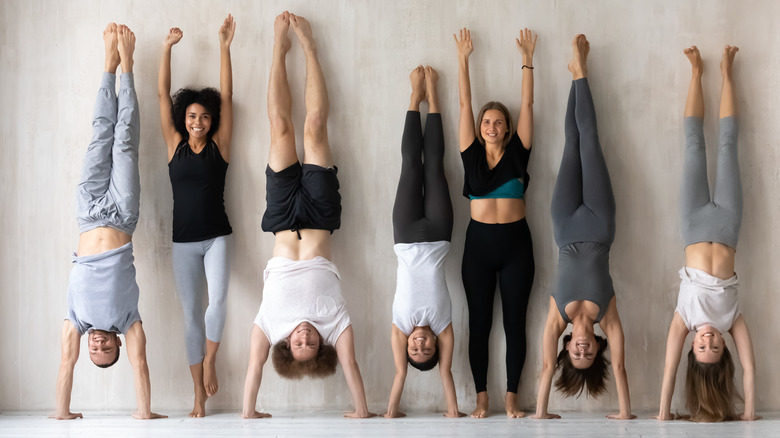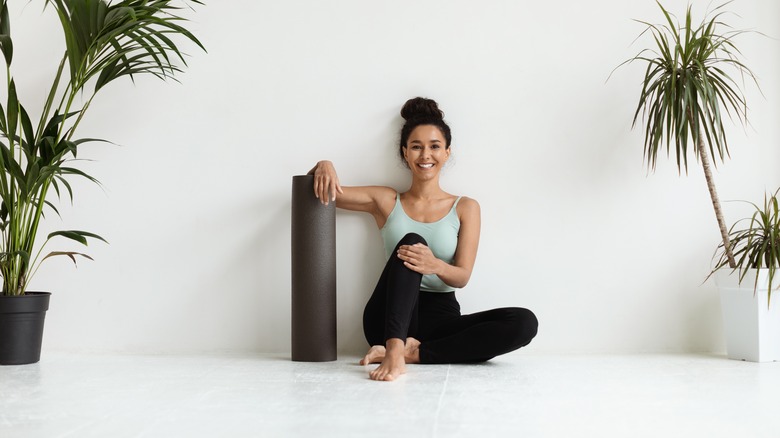Wall Pilates: Your Guide To The Easy Peasy FitTok Trend
TikTok, the video-sharing app known for its short, snappy clips, has taken the fitness world by storm. If you're part of its massive user base and vibrant community of content creators, you can't deny that the platform has become a hub for fitness enthusiasts keen to share their workout routines, tips, and tricks.
One exercise that has rapidly gained popularity on TikTok is wall Pilates with hashtag views of it reaching over 500k. When searching through the platform, you'll notice endless streams of users posting videos of themselves performing this modified Pilates exercise. Many demonstrate their skills using upbeat music with creative camera angles and editing techniques.
Indeed, wall Pilates has taken things up a notch offering a new and more affordable way of practicing Pilates. However, while the trend is entertaining and visually appealing, it's always best to consider the intentions, benefits, and limitations of this type of exercise (and have realistic goals) before engaging in it.
What are wall Pilates?
Pilates is often described as a full-body workout that helps you develop strength, flexibility, and balance through a series of controlled movements, says the Cleveland Clinic. Pilates exercises are generally designed to engage the core muscles, improve posture, and increase overall body awareness. You should expect similar benefits with wall Pilates since the main difference between standard Pilates and wall Pilates is that the exercises are practiced using a wall. Wall Pilates incorporates a wall for support or resistance, as opposed to traditional Pilates exercises that are performed on a mat or specialized equipment, such as a reformer or chair.
Using a wall can sometimes be beneficial, especially if you have balance issues or are new to Pilates. Additionally, the wall can be used as a reference point to help you maintain proper alignment and posture when exercising — this is especially true when practicing exercises like wall angles, as explained by Healthline. That being said, please remember that social media content may not always be accurate or reliable, and wall Pilates might not be suitable for everyone. Furthermore, if you're considering modifying your Pilates exercises, please do so under the guidance of a certified Pilates instructor to ensure proper form and safety.
How to practice wall Pilates
When practicing, start by warming up your muscles to prevent injury. According to the Mayo Clinic, a warm-up should incorporate light aerobic exercises, such as brisk walking. Once warmed up, find a clear wall space to practice your exercises. Also, remember to choose a sturdy and secure wall and ensure you have enough space to move around comfortably. A few interesting wall Pilates exercises include wall arm raises and wall sits (via My Protein).
To practice wall arm raises, start by leaning your back against the wall while holding a lightweight dumbbell in each hand and bending your elbows at a 90-degree angle. Engage your core muscles and gradually lift your arms until they are level with the ground. Maintain this posture for a few breaths, then gradually lower your arms back to the initial position.
For a wall sit, lean your back against the wall and position your feet roughly two feet away from the wall. Gradually descend down the wall until your thighs are parallel to the floor. Maintain this pose for 30 seconds, if possible.


